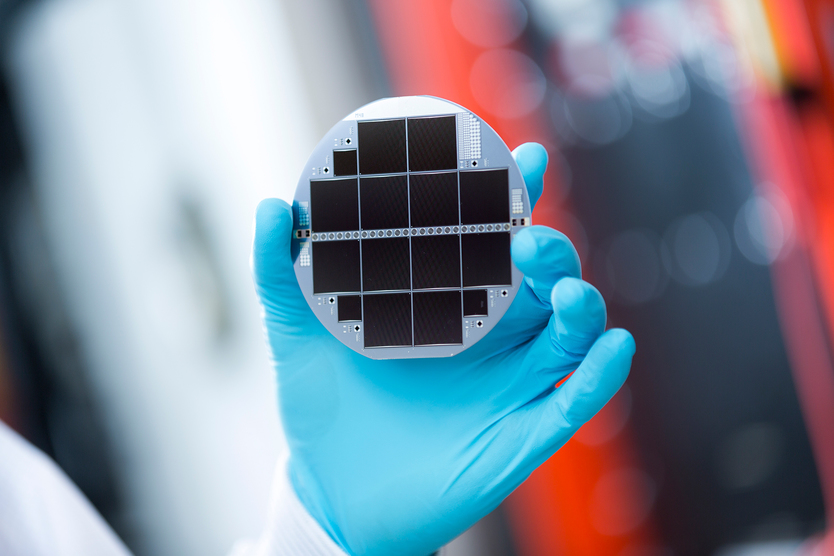
The researchers have hit upon a way of making tin-based solar cells highly stable and efficient by inserting an organic compound in between the perovskite layers.
Solar power forms one of central planks of Germany’s Energy Transition strategy. Even small technological improvements in this area could have an amplifying effect on the growth of the industry. Halide perovskite solar cell technology has come on in leaps and bounds in recent years, but while these photovoltaic cells are now highly efficient, they are environmentally unsound since they contain toxic lead.
Tin has been trialled as an alternative material, but the performance of tin-based perovskite cells has proven to be mediocre – the metal oxidises quickly and causes aging. But all this could change thanks to an international research cooperation between the Helmholtz-Zentrum Berlin (HBZ) and China’s Soochow University. The researchers have hit upon a way of making tin-based solar cells highly stable and efficient by inserting an organic compound in between the perovskite layers. These so-called 2D Ruddlesden-Popper phases have been found to have excellent photodetection properties.
"We use phenylethylammonium chloride (PEACl) as an additive to the perovskite layers. Then we carry out a heat treatment while the PEACl molecules migrate into the perovskite layer. This results in vertically ordered stacks of two-dimensional perovskite crystals," explains Dr Meng Li, the first author of the report which was published May 5. The PEACl molecules form a barrier that prevents the tin from oxidising.
At the Shanghai Synchrotron Radiation Facility (SSRF), the researchers were able to precisely analyse the morphology of the perovskite films after different annealing treatments. The best of the solar cells under trial achieved an efficiency of 9.1 percent and high stability, both under daytime conditions and in the dark. These findings lay the groundwork for efficient and stable lead-free, perovskite solar cells in future.


